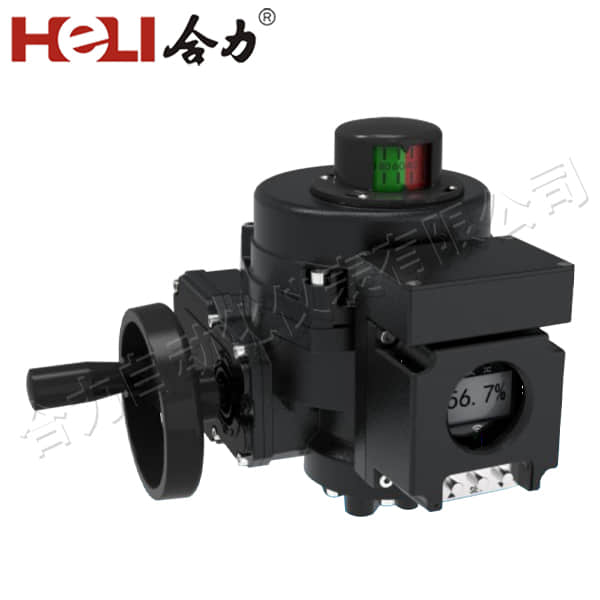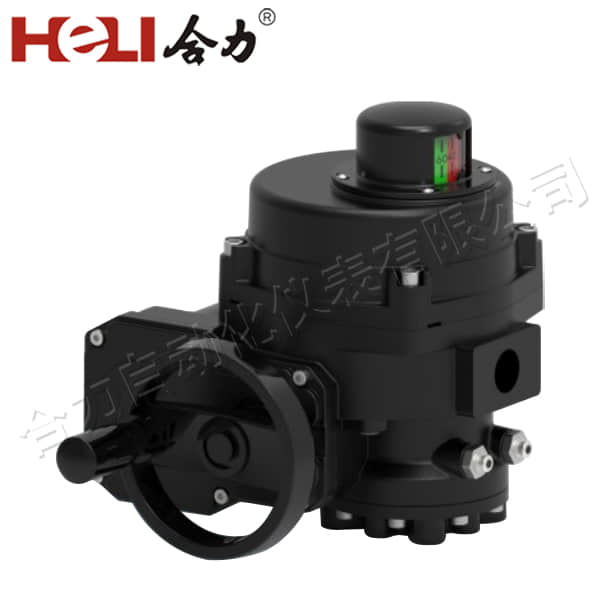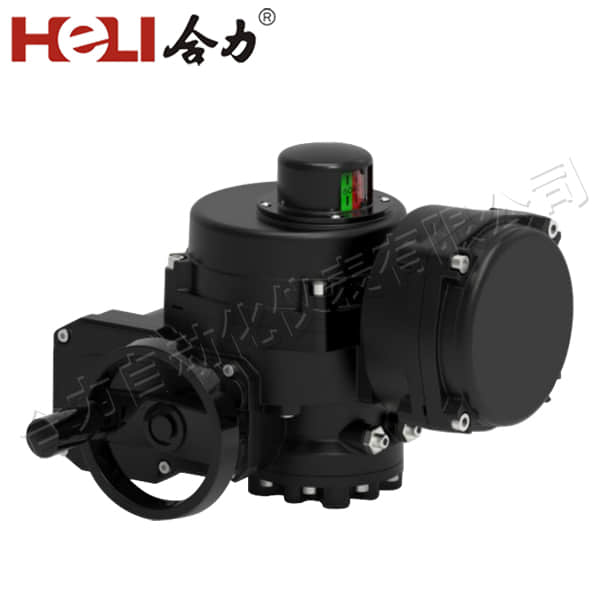understanding electric actuators: revolutionizing automation
Release time:2024-11-26 09:33:14
Electric actuators have become indispensable components in modern automation systems, significantly enhancing efficiency and precision across various industries. These devices convert electrical energy into mechanical motion, enabling the automation of processes that were once manual and time-consuming. This article delves into the workings, advantages, applications, and future trends of electric actuators, providing a comprehensive overview of their role in today’s technological landscape.

What is an Electric Actuator?

At its core, an electric actuator is a type of actuator that uses electrical energy to produce movement. Unlike pneumatic or hydraulic actuators, which rely on compressed air or fluid pressure, electric actuators leverage electric motors to drive mechanical components. This allows for precise control over motion, including position, speed, and torque. Electric actuators can be linear or rotary, depending on the type of movement required by the application. How Do Electric Actuators Work?




